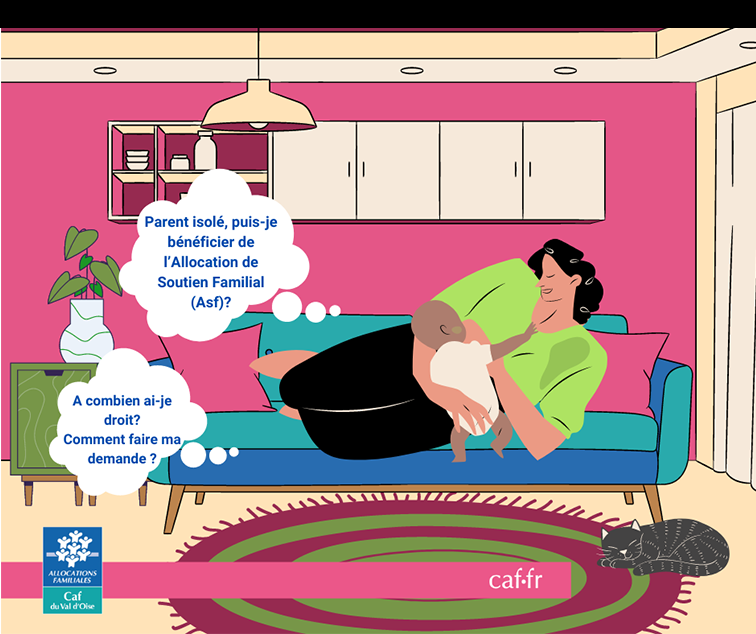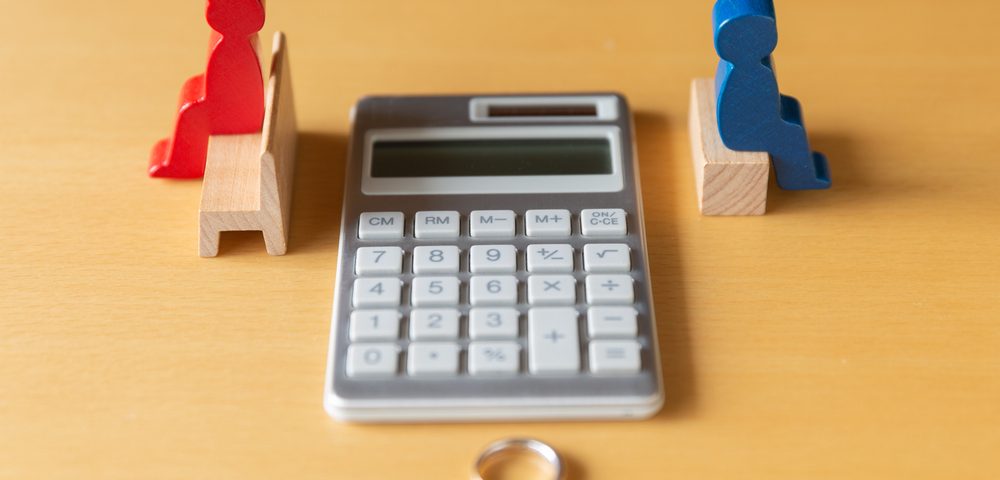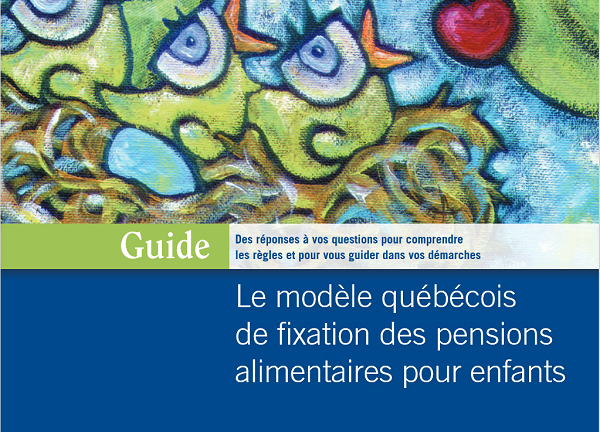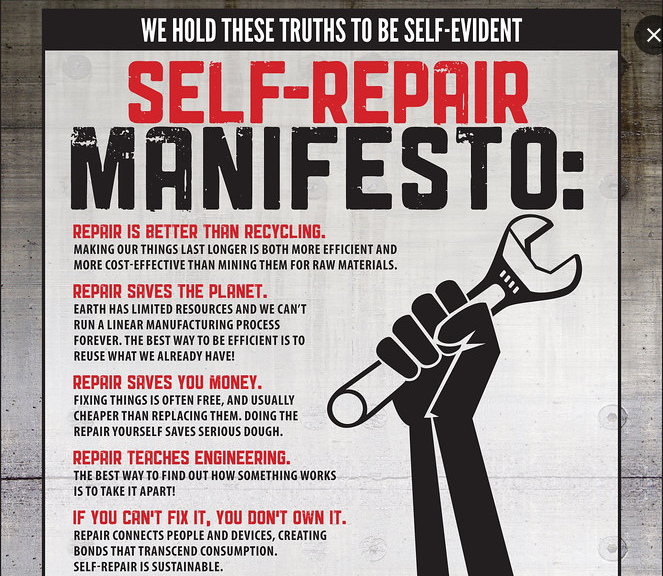


Should We Believe in Economic Impact Assessments?
30 May 2023
Is State Reorganisation Perpetual?
21 September 2023Child Support, a Major Root of Gender Inequality After Parental Separation
Marital separations increase economic inequality between women and men. This observation applies to all OECD countries(1)Vaus David, Matthew Gray Lixia Qu et David Stanton, 2017, « The Economic Consequences of Divorce in Six OECD Countries. », Australian Journal of Social Issues, 52 (2): 180–99. , as it does to France, where women’s standard of living decreases far more than men’s after a divorce or civil union dissolution(2)Bonnet Carole, Garbinti Bertrand et Solaz Anne, « Les variations de niveau de vie des hommes et des femmes à la suite d’un divorce ou d’une rupture de Pacs », Insee Références, 2015.. Disunion exacerbates disparities that were previously mitigated by (at least partial) resource pooling, while unleashing mechanisms that deepen gender inequalities. First, women are structurally disadvantaged in asset sharing upon separation(3)Bessière Céline et Gollac Sibylle, 2020, Le genre du capital. Comment la famille reproduit les inégalités, Paris, La Découverte.. This is attributable to, among other things, the rise in cohabitation outside marriage and the shortening of union duration, which limit the scope of measures aimed at reducing economic inequalities between former spouses. Second, for women already shouldering most of the parental work(4)Champagne Clara, Pailhé Ariane et Solaz Anne, 2015, « 25 ans de participation des hommes et des femmes au travail domestique : quels facteurs d’évolutions ? », Économie et Statistique, 478-479-480, p. 209-241., disunion reinforces their consignment to motherhood: the vast majority assumes daily childcare, limiting their prospects in the labour market. Lone mothers are more likely to be unemployed, work part-time and have fixed-term contracts than those living with a partner(5)Hélène Perivier & alii. – Étude sur la situation économique et sociale des parents isolés. Niveau de vie, marché du travail et politiques publiques, rapport OFCE, janvier 2020.

Facebook account of the Collective of Single Mothers (French association “Collective des mères isolées”) (23/05/2023).
Child support is the amount of money typically paid each month by one parent to the other to contribute to raising and educating minor or dependent adult child (ren), whether or not the parents were married. It increases the standard of living of children whose parents do not live together while reducing gender inequalities, given that women are the recipients of more than nine out of ten cases(6)Gollac Sibylle (dir.), 2022, « Parents au tribunal. La coparentalité façonnée par l’institution judiciaire », rapport de recherche de l’équipe Justines (Justice et inégalités au prisme des sciences sociales) pour la Caisse nationale des allocations familiale – CNAF.. But child support is neither automatic nor systematic: one must apply for it. A judge may reject the request, or issue a decision that will not be respected by the parent who is supposed to pay. Moreover, the way it is calculated – yielding 200 euros on average per child living with the mother – only accounts for direct costs associated with the child (housing, food, clothing, etc.), and not indirect cost in terms of career and earning for the custodial parent.
Child Support is Less Common and Lower in France Than Elsewhere
Comparison with other European countries clearly shows that alimony in France plays a limited role in post-breakup domestic life. Barely a quarter of single mothers claim to receive alimony – one of the lowest rates in Europe(7)Hakovirta Mia et Merita Mesiäislehto, 2022, « Lone mothers and child support receipt in 21 European countries », Journal of International and Comparative Social Policy, 38(1), p. 36–56.. France is in the middle of the pack in terms of sum declared (3,000 euros per year in purchasing power parity), but in the bottom third of countries in terms of contribution to the income of recipient mothers (18 percent). (8)Bonnet Carole, Garbinti Bertrand, Solaz Anne, 2015, « Les conditions de vie des enfants après le divorce », Insee première, 1536.).
Proportion of households of single women with children receiving support in 21 European countries
Source : Hakovirta, Mia, and Merita Mesiäislehto. 2022. “Lone mothers and child support receipt in 21 European countries, Journal of International and Comparative Social Policy, 38(1): 36–56.
Why is child support relatively uncommon and low in France? Based on collective studies conducted since the end of the 2000s, my book Family Law in Action: Divorce and Inequality in Quebec and France analyses the institutional reproduction of family inequality following marital dissolutions by intertwining three interdependent mechanisms.
The University of Chicago Press , 2023
Inequality first arises in access to the justice system and to legal professionals: the liberalisation of divorce, the development of cohabitation outside marriage, and the diversification of separation paths tend to exacerbate it. Post-breakup inequality also stems from the power relationships that develop between professionals and separating couples during court and office encounters. Often marked by social distance and structured by cognitive and institutional asymmetries, these interactions reveal that the prerogatives and expectations of judges and lawyers vary significantly according to the social class and perceived origin of the individuals appearing before them. They further vary for any given position by gender. Finally, these interventions shape post-breakup conditions and lifestyles: they contribute to producing a parental model that varies according to gender, social class, and majority or minority group status.
Since marital dissolutions and impoverishment of single-parent families have become widespread across almost all European and North American countries, this analysis draws on an in-depth comparison between two national cases: France and Quebec. Yielding more robust findings than those derivable from a single context or from a comparison limited to formal patterns and quantitative indicators, these binational field studies shed light on convergences and divergences in the public regulation of private life. International law development is limited with regard to marital separation(9)Gallant, Estelle. « Divorce international », Revue critique de droit international privé, vol. 4, no. 4, 2016, pp. 649-656. ,
so national norms remain predominant. However, domestic law is transformed at the intersection of inherited legal cultures and power relations between political institutions, public administrations, legal professions and activist groups shaped by national political circumstances. Social relations of class, gender and race, and the way professionals and institutions handle them vary from one context to the next. Post-breakup regimes of inequality thus remain nationally embedded.
France Has Long Neglected Economic Transfers Between Separated Parents
What does this specifically mean for child support? Although the French and Quebec Civil Codes define it in very similar terms, judges and lawyers in France confer less importance to it than their Quebec counterparts, tending to exempt lower-class fathers in precarious situations and to limit sums owed by wealthy fathers. Their working conditions are conducive to this practice: in overloaded and understaffed courts, the time devoted to each case is crunched, as are the appointments with clients whose legal fees are covered by legal aid. Legal practitioners are all the less likely to challenge former spouses who agree on an amount below the guidelines, or even no child support, as these agreements seem to conform to the norm of the ‘good negotiated divorce(10)Théry Irène, 1993, Le démariage. Justice et vie privée, Paris, Odile Jacob., , which values individual responsibility and cooperation between former partners. These professional practices reflect representations of gender roles as well as the needs of children and youth. Most family judges are women, and they have to counter the suspicion of partiality hanging over them – a suspicion that father groups voice, as do parts of the legal profession and the media. Moreover, unlike in common law countries, feminist legal theory has not gained much traction in French courts. Judges therefore recognise more male paid work in the professional sphere than female free work in the domestic sphere. As members of the public and cultivated parts of the upper-middle class, they may also consider the consumption practices of children from the economic bourgeoisie to be illegitimate.(11)Le Collectif Onze, 2013, Au tribunal des couples. Enquête sur des affaires familiales, Paris, Odile Jacob. .

Illustration of the article “The family support allowance increases by 50%”, website of the French National Family Allowance Fund, November 2022
Finally, these professionals take into account the public redistribution system, which has targeted single-parent families since the 1970s. Knowing that a social benefit – the Family Support Allowance (ASF) – can replace child support if the father cannot contribute, judges regularly refer mothers to the Family Benefit Office (CAF), doubling the steps required of them, as well as the institutional surveillance of their private lives, since the ASF can only be paid if they remain uncoupled.
The longstanding priority granted to public redistribution over private transfers has devalued child support in the eyes of professionals and parents alike while perpetuating protectionism towards lone mothers, who are recipients of conditional solidarity rather than citizens with autonomous rights. Supported by male top officials and hardly challenged by feminist movements relatively uninvolved in the matter(12)Revillard Anne, 2009, « Le droit de la famille: outil d’une justice de genre ? Les défenseurs de la cause des femmes face au règlement juridique des conséquences financières du divorce en France et au Québec (1975–2000). », L’Année sociologique, 59, p.345–370.,
, this conception has resulted in a situation where the non-payment of child support – a known issue since the 1970s – remains background noise yielding public inaction. In contrast to Quebec, where a major reform in the mid-1990s aimed to both increase the amount and its payment, this conception has prevented child support from being seen as a factor of equality between women and men or as a right of the child. Thus, the Justice Ministry’s stated goal since 2010 has been to standardise the calculation of child support across the nation rather than to enhance it.
A Recent Needed but Insufficient Reform
Around ten years ago, top officials, activists and academics made child support a public problem. Since the beginning of 2023 (more than 25 years after Quebec), an agency under the CNAF has been collecting child support from the debtor parent, and transferring it to the creditor parent. This new program aims to prevent non-payment, avoid confrontation between parents and reduce the administrative burden. In addition, the ASF was significantly increased at the end of 2022 (up to 187 euros per child). But these reforms will fall short if ‘loneliness’ remains a condition for receiving the ASF, if the share of separations in which no child support is set continues to increase while its amount decreases, and if the method for calculating social benefits and income taxes penalises child support recipients. Conversely, across the Atlantic, the absence of an ASF puts children whose fathers are unable to pay for a more precarious situation.
Child support is as technical as it is a political issue. Its technicality complicates its understanding by the parents involved, and even strains relations between legal practitioners, on the one hand, and professionals of the socio-fiscal system on the other given that their remits and means of action differ. Its rigorous analysis with social science methods aims to foster an informed and collective discussion of this policy tool, which is essential to reducing post-breakup inequality.
Co deeper into the subject
- Read Emilie Biland’s article on ‘Marital separations and women’s (non) emancipation’ published in COGITO in April 2020:
Sociologist and political scientist Émilie Biland-Curinier is a full university professor at the Center for the Sociology of Organizations. She is interested in the legal mechanisms that shape individuals in their private lives through parental roles and in their professional lives, and that contribute to the differentiation and ranking of social status according to class, gender, sexuality and race. A member of the University Institute of France, she works on LGBT+ parents’ relationships to law and justice in France, Canada and Chile, as well as on ordinary experiences of law during the pandemic. See her publications.
Notes
| ↑1 | Vaus David, Matthew Gray Lixia Qu et David Stanton, 2017, « The Economic Consequences of Divorce in Six OECD Countries. », Australian Journal of Social Issues, 52 (2): 180–99. |
|---|---|
| ↑2 | Bonnet Carole, Garbinti Bertrand et Solaz Anne, « Les variations de niveau de vie des hommes et des femmes à la suite d’un divorce ou d’une rupture de Pacs », Insee Références, 2015. |
| ↑3 | Bessière Céline et Gollac Sibylle, 2020, Le genre du capital. Comment la famille reproduit les inégalités, Paris, La Découverte. |
| ↑4 | Champagne Clara, Pailhé Ariane et Solaz Anne, 2015, « 25 ans de participation des hommes et des femmes au travail domestique : quels facteurs d’évolutions ? », Économie et Statistique, 478-479-480, p. 209-241. |
| ↑5 | Hélène Perivier & alii. – Étude sur la situation économique et sociale des parents isolés. Niveau de vie, marché du travail et politiques publiques, rapport OFCE, janvier 2020 |
| ↑6 | Gollac Sibylle (dir.), 2022, « Parents au tribunal. La coparentalité façonnée par l’institution judiciaire », rapport de recherche de l’équipe Justines (Justice et inégalités au prisme des sciences sociales) pour la Caisse nationale des allocations familiale – CNAF. |
| ↑7 | Hakovirta Mia et Merita Mesiäislehto, 2022, « Lone mothers and child support receipt in 21 European countries », Journal of International and Comparative Social Policy, 38(1), p. 36–56. |
| ↑8 | Bonnet Carole, Garbinti Bertrand, Solaz Anne, 2015, « Les conditions de vie des enfants après le divorce », Insee première, 1536. |
| ↑9 | Gallant, Estelle. « Divorce international », Revue critique de droit international privé, vol. 4, no. 4, 2016, pp. 649-656. |
| ↑10 | Théry Irène, 1993, Le démariage. Justice et vie privée, Paris, Odile Jacob. |
| ↑11 | Le Collectif Onze, 2013, Au tribunal des couples. Enquête sur des affaires familiales, Paris, Odile Jacob. |
| ↑12 | Revillard Anne, 2009, « Le droit de la famille: outil d’une justice de genre ? Les défenseurs de la cause des femmes face au règlement juridique des conséquences financières du divorce en France et au Québec (1975–2000). », L’Année sociologique, 59, p.345–370. |




